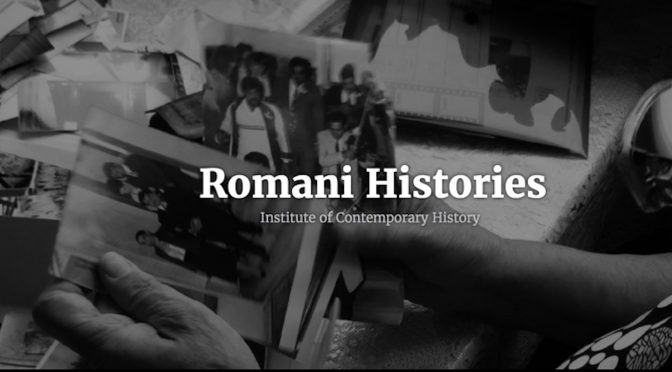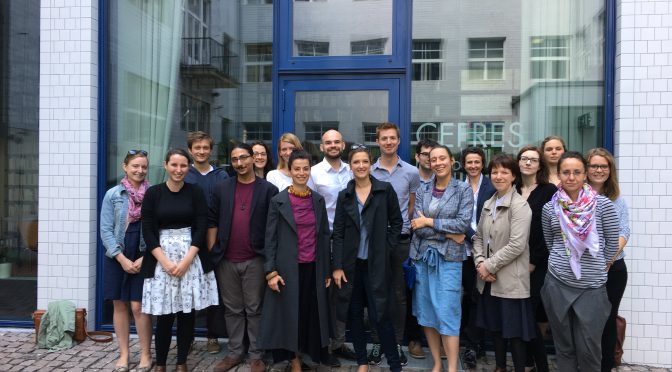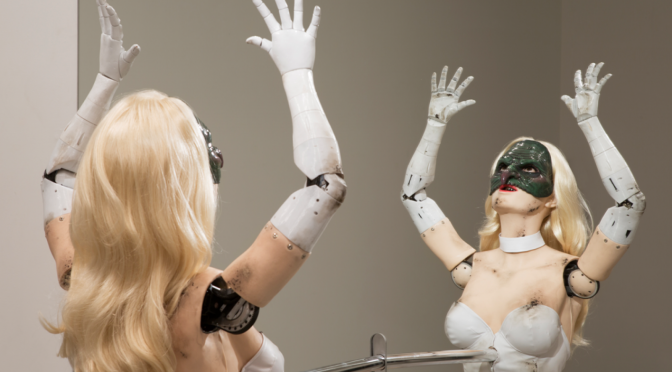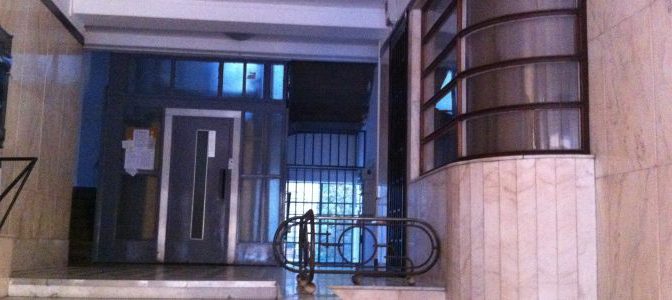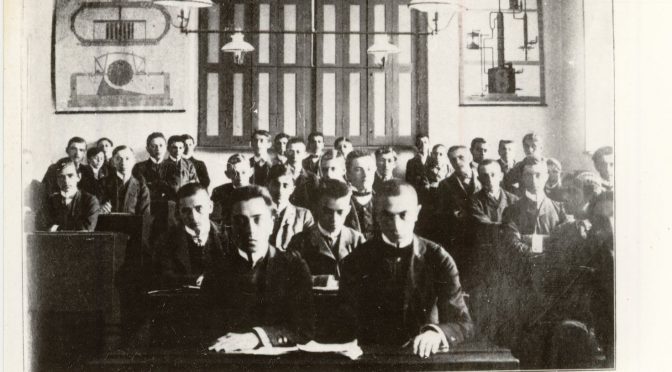Journée d’étude du CEFRES et du GDR « Connaissance de l’Europe médiane » (CNRS)
Où : CEFRES, Na Florenci 3, 3e étage, salle de conférence
Langue : français, anglais
Organisateurs : Clara Royer (CEFRES), Nadège Ragaru (CERI-Science Po) et Antoine Marès (Université Panthéon-Sorbonne)
Voir l’appel à communications ici
Programme
Jeudi 15 juin
13h30 Accueil par Clara Royer, directrice du CEFRES
Antoine Marès : Présentation du GDR Connaissance de l’Europe médiane
Session I. La création littéraire : (p)acte canonique ou transgressif ?
Discutants : Eva Beránková et Paweł Rodak
14h00 Dimitri Garncarzyk (Université Sorbonne Nouvelle Paris 3 / CERC) : La norme comme idéal : éloge et apologie des règles dans le classicisme polonais, de Dmochowski à Śniadecki
14h20 Lucia Bonora (Institut de littérature de l’Académie tchèque des sciences – UČL AV ČR) : La transgression comme modus vivendi : le décadentisme tchèque et le dépassement des règles
14h40 Discussion
15h00 Clara Royer (CEFRES) : Littérature des camps et écriture iconoclaste : Imre Kertész contre Jorge Semprun
15h20 Kinga Callebat (Université Paris-Sorbonne / EUR’ORBEM) : La transgression comme norme ? La re-lecture de textes canoniques de la culture polonaise par les prosateurs de la fin du XXe et du début du XXIe siècle
15h40 Discussion
—- Pause —-
Session II. L’écriture de l’intime : affirmer le soi contre quelles normes ?
Discutante : Clara Royer
16h30 Malgorzata Smorag-Goldberg (Université Paris-Sorbonne / EURORBEM) : Exhiber l’ossature du temps ou des usages transgressifs de la succession dans les écrits intimes : Kronos de Witold Gombrowicz
16h50 Paweł Rodak (Centre de Civilisation polonaise – Université Paris-Sorbonne) – Transgression et résignation dans les journaux d’Edward Stachura : à la frontière de la vie, à la frontière de la littérature
17h10 Discussion
Vendredi 16 juin
Session III. Corps et âmes
Discutantes : Marie-Élizabeth Ducreux
9h00 Daniela Tinková (Faculté des lettres – Université Charles) : Le suicide entre la norme religieuse, pénale et médicale dans la monarchie des Habsbourg et en France entre le XVIIe et le XIXe siècle
9h20 Filip Herza (CEFRES / Faculté des sciences humaines – Université Charles) : Staging Transgressions: Freak Shows in the 19th-Century Prague
9h40 Mateusz Chmurski (Université Libre de Bruxelles / EUR’ORBEM) : Une trop bruyante intimité ? Kronos de Witold Gombrowicz et sa réception polonaise
10h00 Discussion
—- Pause —-
Session IV. Entre désobéissances et (re-)négociations
Discutants : Antoine Marès
10h45 Étienne Boisserie (Inalco) : Contestation et stratégies d’évitement de la contrainte morale et matérielle dans l’Autriche-Hongrie en guerre : outils et temporalités
11h05 Alessandro Milani (CEFRES-FMSH, Centre Marc Bloch) : La gestion des minorités dans la Seconde République de Pologne entre normes et désobéissance civile : le cas galicien
11h25 Discussion
—- Pause —-
Discutant : Jiří Hnilica (Faculté de pédagogie, Université Charles)
12h10 Paul Gradvohl (Université de Lorraine) : Les discours sur l’histoire en Europe centrale : du national comme norme
12h30 Jana Vargovčíková (Faculté des lettres – Université Charles / Université Paris-Nanterre) : Le scandale comme fabrique de sens et arène de politisation : le lobbying polonais dénoncé et défini à travers les récits de transgression
12h50 Discussion

